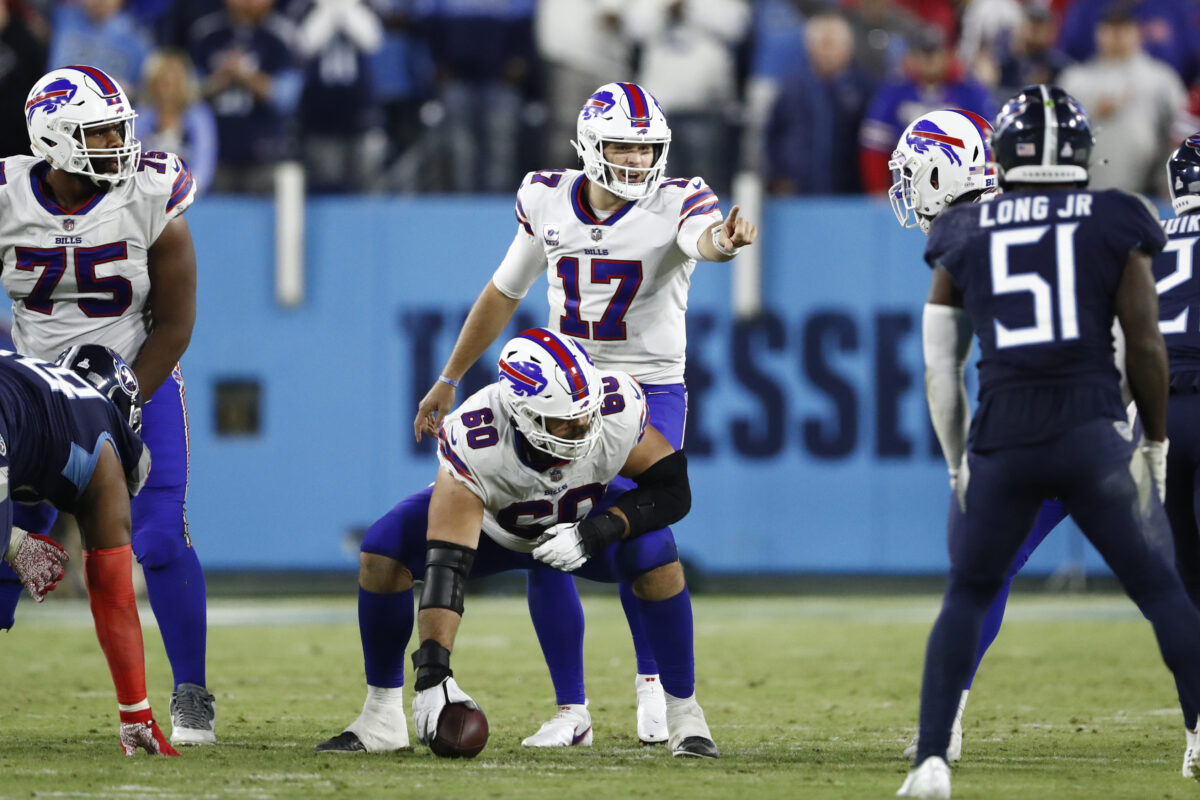The four-time Pro Bowler has a reputation for his route running, but the numbers show he’s among the best at catching balls he shouldn’t.
Hating on Cowboys wide receiver Amari Cooper has become a busy pastime for several subsets of NFL fans. There’s the members of Raiders Nation who want to believe the silver and black dumped an underachiever just in time. There’s the Eagles and Redskins faithful swimming in sour grapes after their clubs failed to lure Cooper away. And there’s even a contingent of Cowboys fans who inexplicably don’t believe the four-time Pro Bowler is worthy of the WR1 spot in Dallas.
But numbers don’t lie. And the numbers show that Cooper is one of the best receivers in the league. One set of figures, in fact, pinpoints him as the sixth-best.
In a Monday morning rundown of the league’s top pass-catchers of 2019, NFL.com’s Nick Shook uses Next Gen Stats to compare players’ catch rate- the percentage of targets caught- to expected catch rate, or the average completion probability when targeted. Basically, did the player do better than he technically should have?
According to Shook:
“Completion probability takes into account a number of factors, including QB pressure, separation between the target and the closest defender, distance of throw, speed of the receiver and so on. From a pass-catcher’s perspective, the factors that are most important are separation, tight-window percentage, cushion (at time of snap), double-team percentage and air yards per target, among others.”
When viewed through that lens, Cooper flat-out excelled. His actual 2019 catch rate was 66.4%. His expected catch rate, though, was just 57.8%. That means Cooper outperformed expectations on his targets by 8.6%.
To put it in concrete terms, Cooper was targeted 119 times last season. He made 79 of those catches. But the data says he should have caught just 68 of them. Cooper made 11 catches he had no business making. Almost one per game. And that over-and-above mark is what puts Cooper on the list with only Michael Thomas, Tyler Lockett, Stefon Diggs, Marvin Jones, and Calvin Ridley ranked higher.
Of Cooper, Shook writes:
“Defenses liked to press Cooper on nearly one-fourth of all routes run by the receiver, but his separation at time of pass arrival (2.6 yards) falls in line with the rest of these receivers. His tight-window percentage (25.2) was third-highest, but none of his advanced metrics illustrate a receiver who was blanketed in 2019. With that said, Cooper was a receiver who made his quarterback, Dak Prescott, better last season, helping the signal-caller put together a 114.4 passer rating when targeting him. Prescott enjoyed doing that plenty, with Cooper posting the third-highest average of targets per routes run (23.8%) of this group.”
Much has been made (and rightly so) of Cooper’s perplexing tendency to shrink statistically in road games, but the math bears out that he is one of the best in the business at catching footballs during NFL games. And his on-the-job performance clearly justifies his elite payday among the league’s other highest-earning receivers.
No one in their right mind disputes Cooper’s status as one of the premier route-running technicians in the game. But in terms of catching most everything thrown his way and then some, Cooper doesn’t always spring immediately to mind, perhaps because the rare drops tend to leave a more lasting impression than the unlikely surprise grabs. It’s classic perception versus reality.
The real reality, though, is that Cooper is Top-10 caliber. And with Michael Gallup on the verge of becoming a household name and a highly-touted rookie also ready to join the party, Cooper’s stats, according to Shook, may actually improve.
“Cooper is a case that will be fascinating to watch in 2020, thanks to the addition of 17th overall pick CeeDee Lamb. Might these numbers jump with more dangerous targets available to Prescott?”
[vertical-gallery id=645744]
[vertical-gallery id=644388]
[vertical-gallery id=610371]
[lawrence-newsletter]










